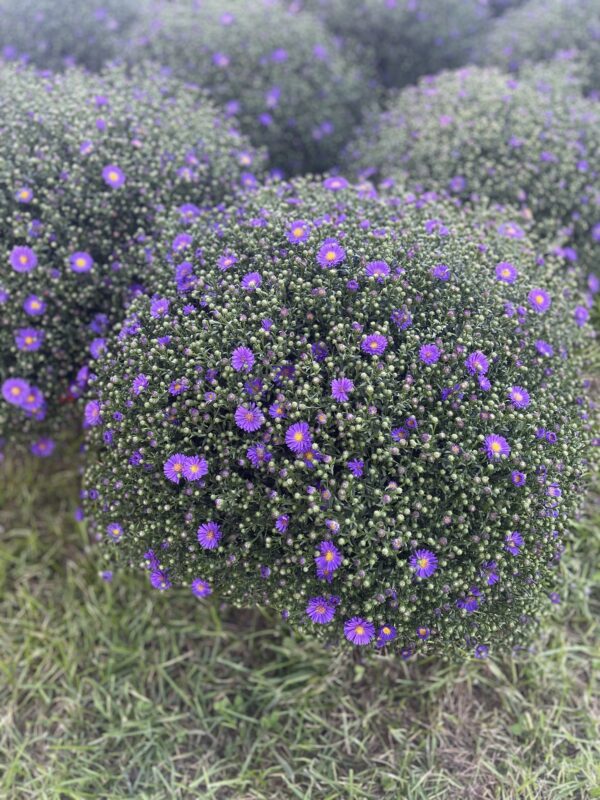Farmstead Chronicles
Asters – God’s Little Stars of Autumn
When most of the summer garden is starting to fade, asters step in like God’s little stars sprinkled across the landscape. With their cheery, daisy-like faces, they remind us that beauty often comes when you least expect it—right before the first frost.
A Bit of History
The name aster comes from the Greek word for “star,” and it’s easy to see why. For centuries, asters have symbolized love, patience, and wisdom. In Victorian times, gifting asters was a way of saying, “I value your friendship.”
Why Gardeners Love Them
- Late-Season Color: They bloom in September and October when most flowers are done.
- Pollinator Powerhouses: Asters provide a vital nectar source for butterflies, bees, and even migrating monarchs.
- Low Maintenance: Hardy perennials, they return year after year with little fuss.
How to Grow Asters
- Soil: They thrive in well-drained soil.
- Sun: Full sun is best, though they’ll tolerate partial shade.
- Care: Deadhead spent blooms to encourage longer flowering.
Ideas for Your Home
- Add asters to fall bouquets alongside mums and goldenrod.
- Plant them near vegetable gardens to attract pollinators.
- Use them in rustic arrangements for your fall table.
Asters remind us that God’s timing is always perfect—just when the garden looks tired, He sends a burst of starlike beauty to carry us into autumn. Next time you see a patch of asters, pause and take it in: the heavens really do declare His glory, even in the flowerbeds. 🌼✨
👉 And if you’re ready to enjoy these “stars of autumn” yourself—come get your asters here at the stand! They are HUGE, full, and perfect for brightening your porch this fall.
📍 3781 Stramba Rd, Cincinnatus, NY 13040
